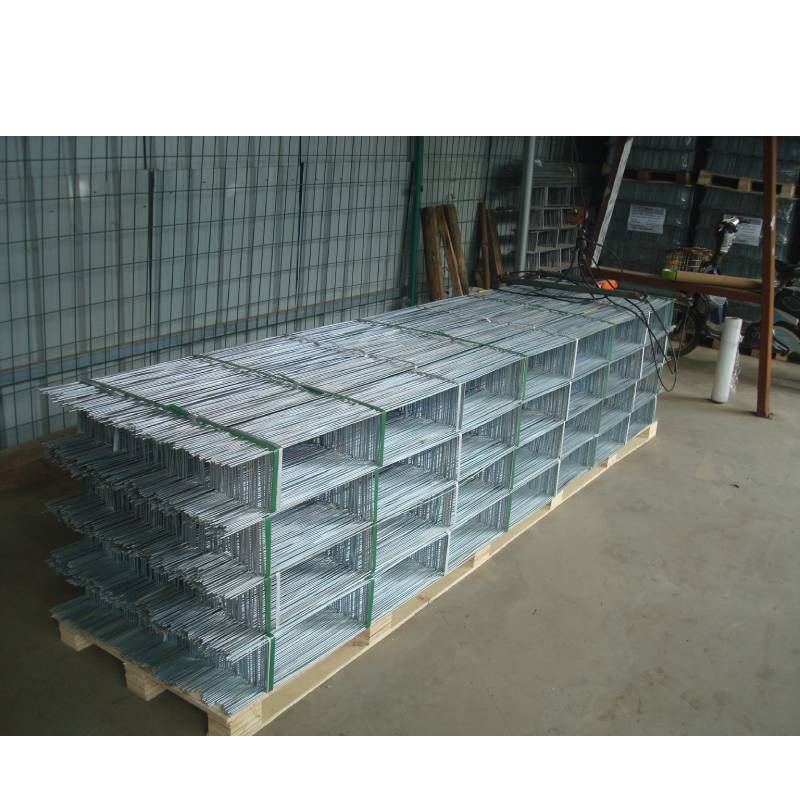
- Mobile Phone
- +8613931874955
- sales@cntcmetal.com
Design and Applications of Steel Torsion Springs in Engineering and Manufacturing Industries
Understanding Steel Torsion Springs Function, Design, and Applications
Steel torsion springs are crucial elements in various mechanical devices, providing the necessary torque and rotational force required to perform specific functions. As a type of spring, they are designed to absorb and store energy when twisted, subsequently releasing that energy to return to their original shape. This unique capability makes them essential in a wide range of applications, from everyday household items to complex industrial machinery.
Design and Functionality
The fundamental design of a steel torsion spring involves a helically wound wire that applies force in a rotational direction. When torque is applied, the spring twists along its axis, creating a resisting force proportional to the angle of twist. The amount of torsion a spring can handle depends on various factors, including its material properties, wire diameter, spring diameter, and the number of coils. Steel, particularly high-carbon steel, is commonly used due to its excellent tensile strength and fatigue resistance, making it ideal for applications requiring durability.
One of the critical parameters in the design of a torsion spring is the spring constant, which defines how much force is required to twist the spring by a certain angle. This characteristic can be tailored according to the specific needs of the application, allowing designers to create springs that meet precise performance criteria.
Applications
Steel torsion springs find uses in numerous applications across different industries. In the automotive sector, they are utilized in mechanisms such as hoods, doors, and trunk latches, providing the necessary force for smooth operation. In consumer products, torsion springs are commonly found in clothespins, traps, and various toys, enabling mechanical movements that enhance functionality and user experience.
steel torsion spring

Moreover, torsion springs play a crucial role in the manufacturing of machinery and equipment. They can be found in clutch assemblies, valve actuators, and robotic arms, where controlled motion and precise torque are essential. The versatility of these springs allows them to be customized for specific operational requirements, making them a staple in engineering and design.
Advantages of Steel Torsion Springs
One of the main advantages of steel torsion springs is their ability to withstand repeated cycles of loading and unloading without significant wear or permanent deformation. This characteristic is vital in applications that require reliability and longevity. Furthermore, steel offers excellent resistance to mechanical fatigue, allowing torsion springs to maintain their shape and function over time.
Another benefit is the ease of integration into mechanical systems. Because torsion springs can be designed to fit into compact spaces, they provide an efficient solution for generating torque without requiring additional components. Their relatively simple design reduces the complexity of assembly, ultimately leading to cost savings in production.
Conclusion
In summary, steel torsion springs are fundamental components in the mechanical world, providing necessary rotational force across various applications. Their design, functionality, and advantages make them indispensable in both consumer and industrial contexts. As technology continues to advance, the demand for these springs is likely to grow, leading to further innovations in their design and application. Understanding the intricacies of steel torsion springs allows engineers and designers to harness their full potential, contributing to the development of more efficient and reliable machinery.
share:
-
Wall Ties for Concrete: Invisible Guardians of Building Structural StabilityNewsAug.08,2025
-
Timber Frame Wall Ties: Stable Bonds for Load TransmissionNewsAug.08,2025
-
Stainless Steel Woven Wire Mesh: A versatile material from boundary protection to functional supportNewsAug.08,2025
-
Powder Coat Coil Springs: Creating peace of mind and reliability with sturdy protectionNewsAug.08,2025
-
Floor Standing Sign Holder: A Powerful Assistant for Flexible DisplayNewsAug.08,2025
-
Binding Iron Wire: An Invisible Bond for Building StabilityNewsAug.08,2025
-
Yard Sign Stakes: Reliable Guardians of Outdoor SignsNewsAug.04,2025



















